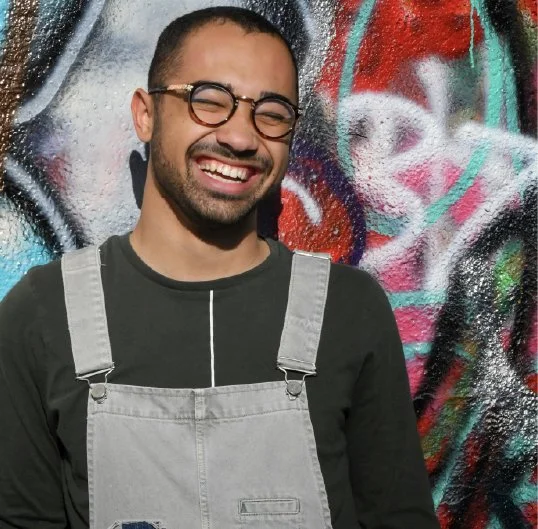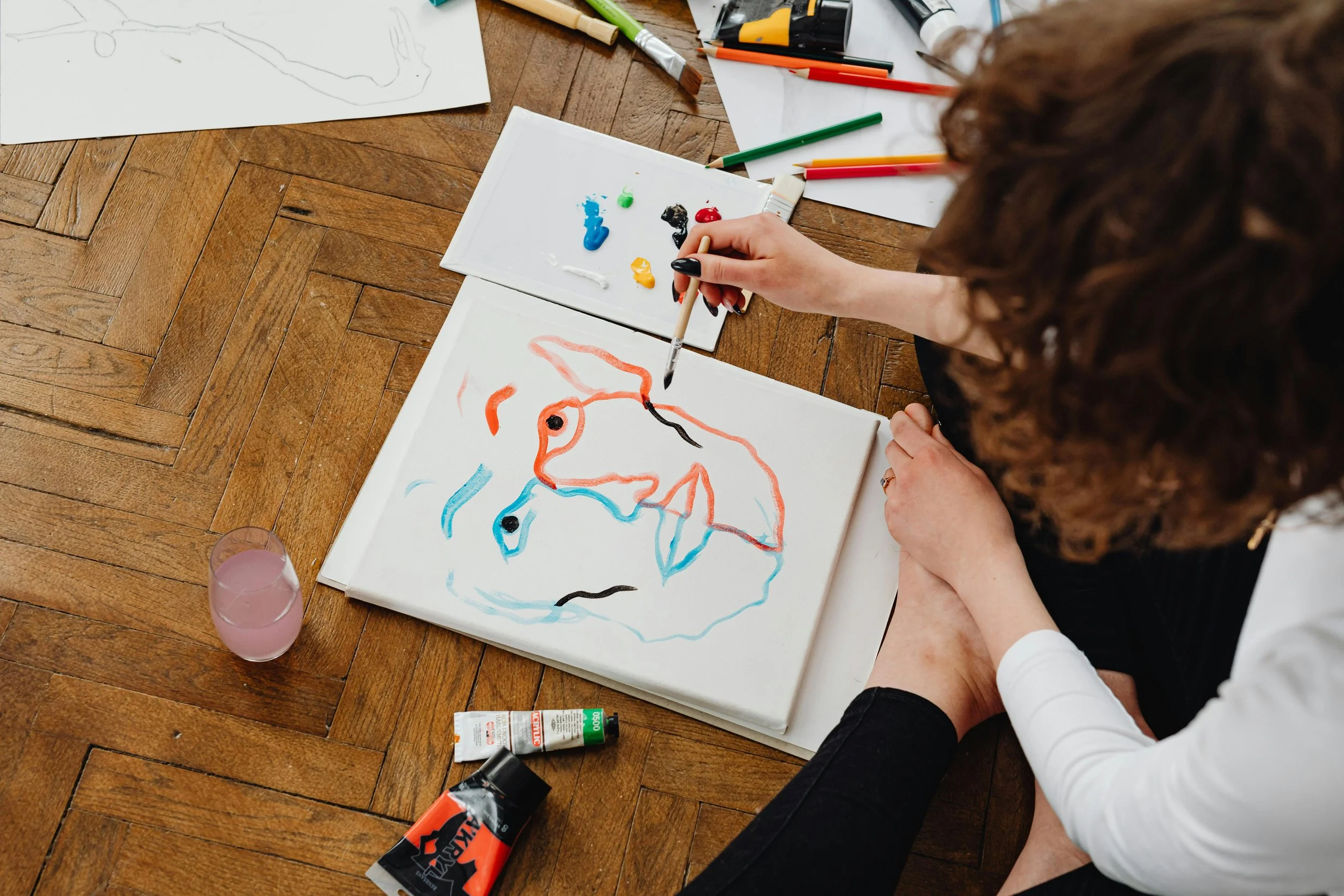We Know Trauma Isn’t Just Something We Think About—It’s Something We Carry.
EMDR & Arts-Based Trauma Treatment
In our nervous system. In our bodies. In our relationships. In the stories we haven’t yet found words for or the sensations and experiences we can’t explain. That’s why our trauma treatments go beyond talk, utilizing creative arts therapy and/or EMDR to process what feels too big or too buried to name.
We support healing from many kinds of experiences, including the impact of natural disasters, accidents, medical events, or assaults; painful relationship experiences like betrayal or neglect; being bullied, excluded, or misunderstood; or growing up in environments where you didn’t feel emotionally or physically safe. We also address identity-based harm, grief, shame, chronic stress, or times when you had to push through without support.
Even if you don’t name it as trauma, the effects might still be showing up in anxiety, low self-worth, perfectionism, or relationship struggles. We help you process those experiences and move toward more ease, connection, and self-trust.
What is EMDR?
EMDR (Eye Movement Desensitization and Reprocessing) is an evidence-based therapy designed to help people heal from trauma and distressing life experiences. It helps the brain and body reprocess difficult experiences in a way that reduces emotional distress and brings new insights. It’s based on the understanding that trauma can get “stuck” in the nervous system, making it hard to fully move on, even when we know, logically, that something is over.
Using bilateral stimulation (often through guided eye movements, tapping, or sounds), EMDR gently activates both sides of the brain while recalling painful memories. This process helps the brain and body integrate and “unstick” what was overwhelming at the time it occurred.
What Happens in an EMDR Session?
EMDR sessions follow a structured eight-phase process that includes getting to know your story and what brings you to therapy; building tools for grounding, regulation, and safety; identifying core memories and beliefs that continue to cause distress; and using bilateral stimulation to support your brain in reprocessing those memories.
You remain fully awake and in control throughout the process. Your therapist will guide you gently, checking in along the way. It’s a co-created experience, always paced with care and attuned to your readiness.
Integrating Creative Arts with EMDR
While some clients prefer a traditional EMDR protocol, others find that incorporating creative approaches deepens their process. We may integrate drama therapy techniques to explore inner parts, roles, or stories; art-making to externalize emotions or clarify insights; movement to support embodiment and release; or therapeutic writing and storytelling to anchor new narratives. These creative options are always offered collaboratively and only when they align with your needs and interests.
EMDR can be a transformative next step. And if you’re curious but unsure, we welcome your questions.
Are You Ready to Begin Your Journey?
Schedule a consultation call.
Newsletter
Keep up to date with new groups, community events, and more.








